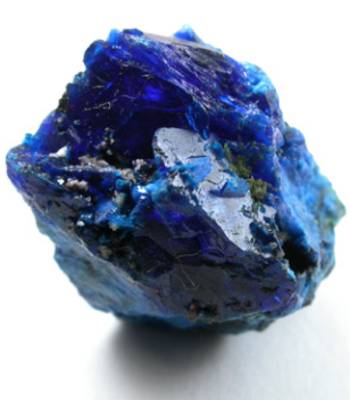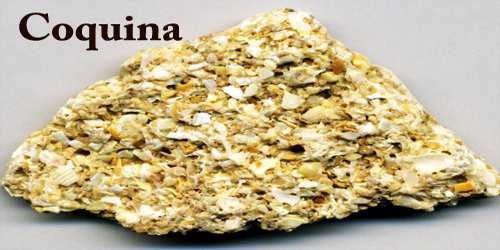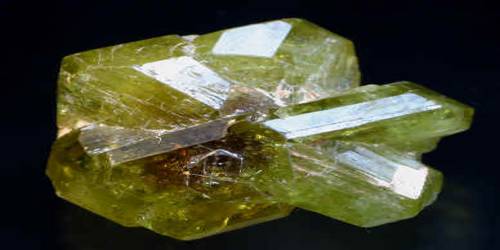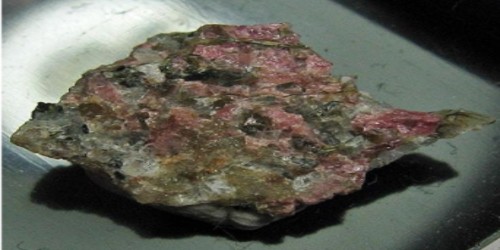Diaboleite is a blue-colored mineral, formula Pb2CuCl2(OH)4. It was first discovered in 1923 from the Higher Pitts, Mendip Hills, Somersetshire, England. The mineral has since been found in a number of countries. It was named after the Greek word dia, which means difference, and the mineral boleite.
Diaboleite is deep blue in color and pale blue in transmitted light. It occurs in manganese oxide ores, as a secondary mineral in lead and copper oxide ores, and in seawater-exposed slag. The mineral occurs as tabular crystals up to 2 cm (0.8 in) in size, as subparallel aggregates, or it has a massive habit.
General Information
- Category: Halide mineral
- Formula: Pb2CuCl2(OH)4
- Crystal system: Tetragonal
- Crystal class: Ditetragonal pyramidal (4mm)

Properties
Diaboleite is a dark blue or bright sky-blue mineral, having perfect cleavage, adamantine luster, and blue streak. It has conchoidal fractures and a transparent to translucent appearance. It can be formed as crust-like aggregates or euhedral/granular crystals.
The average density of diaboleite is 5.94 g/cm3, and its hardness is 2.5.
- Color: Blue
- Crystal habit: As square tabular crystals, thin plates, massive
- Cleavage: Perfect on {001}
- Fracture: Conchoidal
- Tenacity: Brittle
- Mohs scale hardness: 2.5
- Luster: Adamantine, pearly on cleavages
- Streak: Pale blue
- Diaphaneity: Transparent to translucent
- Density: 5.41 to 5.43 g/cm3
- Optical properties: Uniaxial (-)
Occurrence
Diaboleite occurs in oxidized manganese ores and slag exposed to seawater. Also, as a secondary mineral in deeply oxidized Pb-Cu ores.
The mineral is closely associated with cerussite, paratacamite, atacamite, caledonite, phosgenite, leadhillite, hydrocerussite, wherryite, boleite, mendipite, and chloroxiphite.
As of 2012, diaboleite has been found in Australia, Austria, Chile, France, Germany, Greece, Iran, Italy, Russia, South Africa, the UK and the US. The type material is held at the Natural History Museum in London and the National Museum of Natural History in Washington, D.C
Information Source:
















